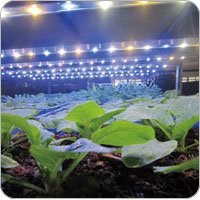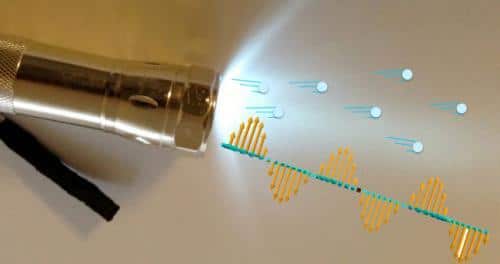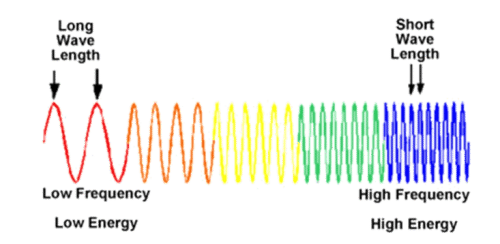Continuing from our previous post on why red and blue features so prominently with LED grow lights, this post looks at measuring the effectiveness of grow lights.
Brightness of light is most often measured in lumens or LUX, but these measurements aren’t directly related to better growing plants. Both are aimed at how humans perceive brightness, mostly in green regions and mostly irrelevant to plants. Plants love blue and red wavelengths, and if you have an LED lamp that is registering in those colours only, it will not be very bright in lumens. This is misleading as the light will still be quite effective in plant growth.

PAR and PPFD
Lumens don’t affect plant growth, but PAR or Photosynthetically Active Radiation does. PAR represents the range of light wavelengths most plants react to (400 nm to 700 nm). However, the actual unit of measurement used to quantify the amount of light is called PPFD or Photosynthetic Photon Flux Density. Light can be considered two very separate things – a wave or a particle – this is the confounding part of Quantum Physics.

When measuring brightness (lumens) or colour, the wave aspect of light is considered, while with PPFD measurements, the particle aspect of light is considered. Light particles are referred to as photons. PPFD measures how many photons are falling on the leaf in a certain period of time.
Photons
Imagine running across a street in the rain and wondering how wet your hair will get. It’s not important what temperature the droplets are, or what colour they are – you are just concerned with how many droplets will hit your head in the time you get to the other side. When you shine a light on a leaf, you can think of the photons as droplets that you have to measure. It’s not the brightness of the light that’s important, it’s the number of photons that are striking the leaf and starting the photosynthetic reaction.
Measuring photons
PPFD is the unit of measure for how many photons hit a defined area in one second – defined by umol/m2/s or micro-moles of photons falling on a square meter per second. umol is 1,000,000th of a mole. A mole is just a number that aids in counting very small objects, like photons.
Conclusion
Understanding PPFD means understanding the particle nature of light – photons. PPFD measures how many photons are falling on a leaf, determining the amount of vital photosynthesis that can take place.
We’ll be looking at how much light is needed for an indoor grow in the next post.

References in order of appearance:
- Carter JS (1996). “Photosynthesis”. University of Cincinnati.
- McCree, Keith J. (1981). “Photosynthetically active radiation”.
- UPRtek Horticultural Handbook.
